Now, researchers publishing in ACS Central Science have taken a step toward safer X-rays by creating a highly sensitive and foldable detector that produces good quality images with smaller dosages of the rays.
Tag: Medical Imaging
UW–Madison researchers use AI to identify sex-specific risks associated with brain tumors
For years, cancer researchers have noticed that more men than women get a lethal form of brain cancer called glioblastoma. They’ve also found that these tumors are often more aggressive in men. But pinpointing the characteristics that might help doctors forecast which tumors are likely to grow more quickly has proven elusive.
The most powerful sound laser ever made
Scientists have significantly improved a new type of laser that uses sound waves instead of light. This “phonon laser” has potential uses in deep-sea exploration, medical imaging, and other areas. The researchers were able to greatly boost the power and precision of the sound waves by adding a small electronic nudge. This paves the way for future devices using sound for a wider range of tasks.
New sensor tackles high-curvature wavefront measurement challenges
Conventional Shack-Hartmann wavefront sensors struggle with high-curvature surfaces due to limited dynamic range. This research introduces an adaptive spot matching (ASM) technique that significantly expands the sensor’s capabilities.
Laser sculpting to revolutionize micro-optics
Advances in information technology demand complex micro-optical elements with nanoscale precision. Femtosecond laser direct writing (FsLDW) rises to the challenge, using ultrashort pulses to create three-dimensional micro-nano structures. This versatile technique boasts diverse material compatibility and can fabricate imaging and non-imaging micro-optical elements, opening doors for next-generation stereoscopic systems.
KRISS Sets Standard for MRI and CT Diagnosis of Fatty Liver
The Korea Research Institute of Standards and Science (KRISS) has developed the world’s first reference material to improve the accuracy of body fat measurements conducted through MRI and CT scans.
New RadiologyInfo.org Series Helps Patients Understand Their Exam Reports
RadiologyInfo.org, a leading source of medical imaging information for the general public, has introduced a new series of articles and videos to help patients understand their radiology exam reports.
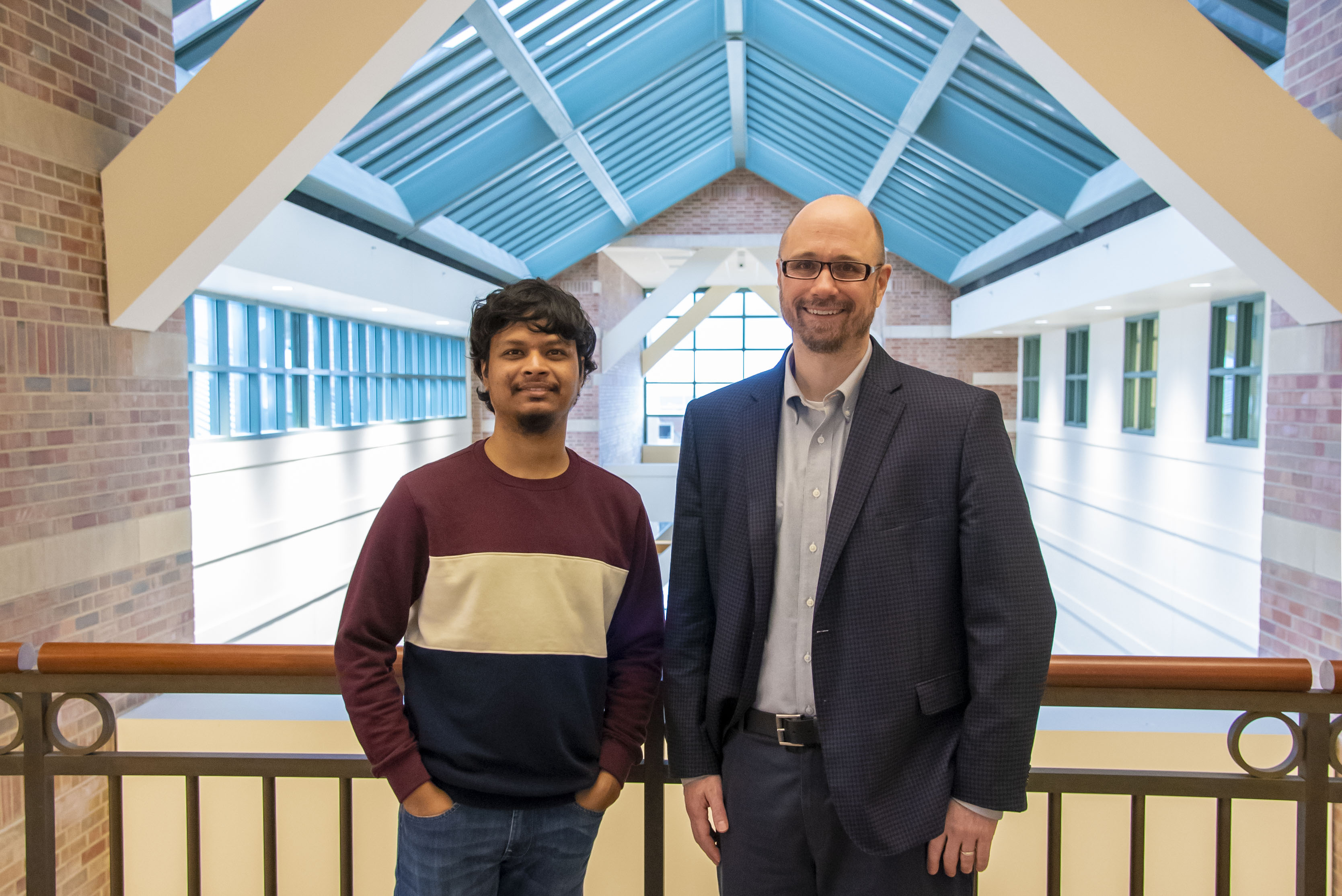
New AI model draws treasure maps to diagnose disease
Researchers at the Beckman Institute developed an artificial intelligence model that can accurately identify tumors and diseases in medical images. The tool draws a map to explain each diagnosis, helping doctors follow its line of reasoning, check for accuracy, and explain the results to patients.
New technology brings advanced blood imaging closer to the clinic
The qualities of flowing blood, or hemodynamics, hold important insights into vascular diseases, but technological limitations have largely kept measurements of these properties out of reach in the clinic. Now, there may be a potential solution on the horizon.

Better together: Beckman imaging facilities share $3M Alzheimer’s research grant
Beckman researchers and collaborators received $3 million from the U.S. National Institute on Aging to develop diagnostic tools and imaging agents for the early detection of Alzheimer’s disease.
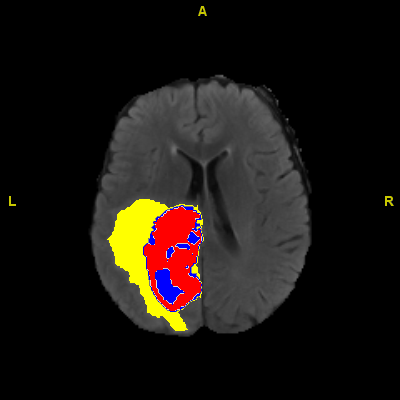
New research shows AI can ask another AI for a second opinion on medical scans
Researchers at Monash University have designed a new co-training AI algorithm for medical imaging that can effectively mimic the process of seeking a second opinion.
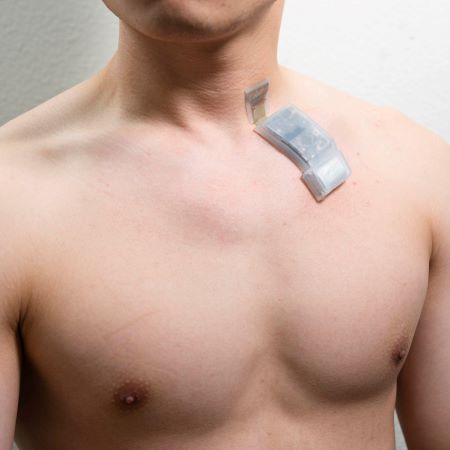
Wireless wonder: wearable ultrasound patch goes completely cable-free
This fully wireless ultrasound patch, which can capture detailed medical information and wirelessly transmit the data to a smart device, could represent a major step forward in at-home health care technology.
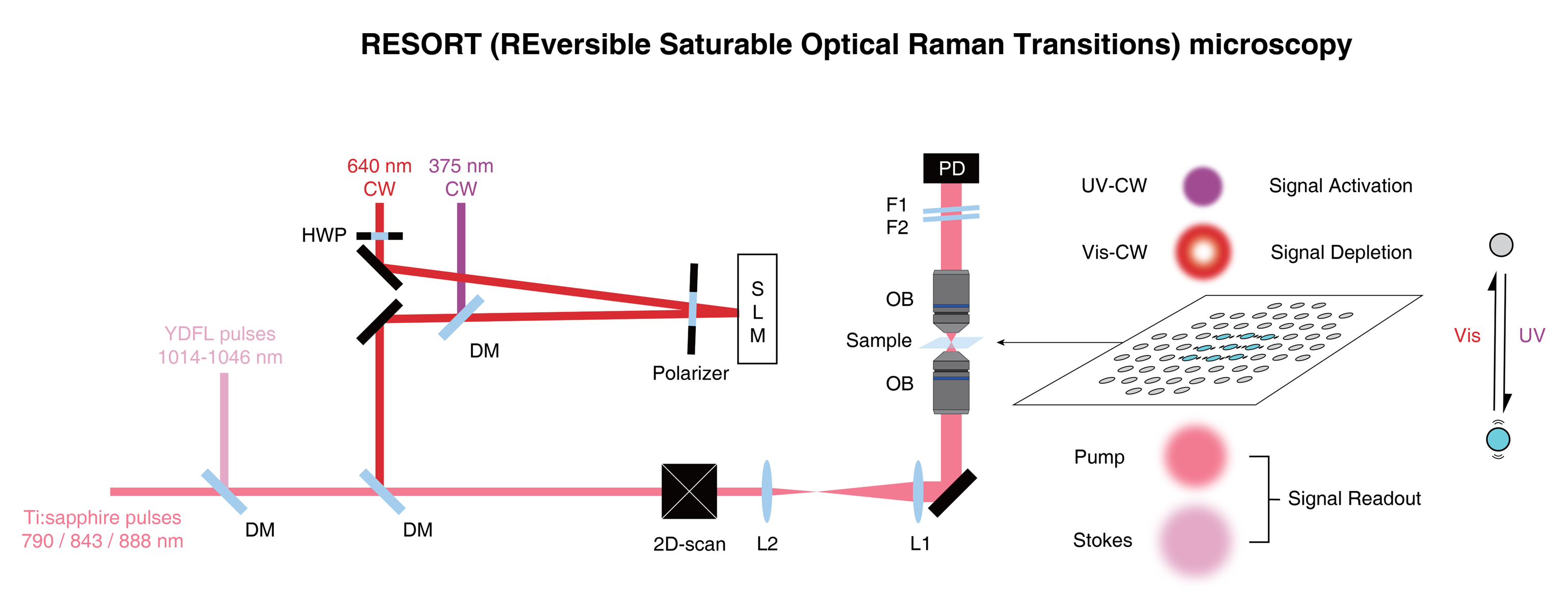
New imaging technique is no last resort
There are various ways to image biological samples on a microscopic level, and each has its own pros and cons. For the first time, a team of researchers, including those from the University of Tokyo, has combined aspects from two of the leading imaging techniques to craft a new method of imaging and analyzing biological samples.
The quest to develop fair and ethical algorithms in medical imaging
This interview with Maryellen Giger, PhD, delves into the creation of the MIDRC imaging repository, how its data can be used to develop and evaluate AI algorithms, ways that bias can be introduced—and potentially mitigated—in medical imaging models, and what the future may hold.
New framework for super-resolution ultrasound
Researchers at the Beckman Institute for Advanced Science and Technology at the University of Illinois Urbana-Champaign used deep learning to develop a new framework for super-resolution ultrasound.

Quantum entanglement of photons doubles microscope resolution
Using a “spooky” phenomenon of quantum physics, Caltech researchers have discovered a way to double the resolution of light microscopes.
New microchip links two Nobel Prize-winning techniques
Physicists at Delft University of Technology have built a new technology on a microchip by combining two Nobel Prize-winning techniques for the first time.
ACR, ACEP announce landmark recommendations for addressing actionable incidental findings
The American College of Radiology® and the American College of Emergency Physicians released new landmark recommendations to help health systems, physicians and other clinicians improve patient outcomes by addressing actionable incidental findings (AIFs) in emergency department imaging.
MRI turns 50: Expert Brad Sutton explains its history and role in understanding the aging brain
March 16, 2023, marks 50 years since Paul Lauterbur published his seminal Nature paper establishing zeugmatography — now familiar to most as magnetic resonance imaging or simply MRI — as a viable way to visualize objects with a magnetic field…
Sensitive drills
Hearing-impaired people whose auditory nerve is still intact can often be helped with a cochlear implant. But inserting the implant into the inner ear is not without risks, as facial nerves can be damaged in the process. Empa researchers have developed a novel smart drill that minimizes the risk by automatically shutting off when it comes near nerves.
MIM Software Inc. Releases Version 1.1.3 for Contour ProtégéAI Auto-Contouring Software
MIM Software Inc., a leading global provider of medical imaging software, announced today it has released a new version of its AI auto-contouring solution, Contour ProtégéAI™ Version 1.1.3.
Synchrotron X-ray Diffraction Captures ‘Invisible’ Traumatic Brain Injuries
Rama Madhurapantula, of the Illinois Institute of Technology, will describe how synchrotron X-ray diffraction can aid in diagnosing invisible traumatic brain injuries in their presentation, “X-ray fiber diffraction to elucidate tissue transition and changes to molecular packing in relation damage,” held Sunday, July 31 at the annual ACA meeting. While traditional imaging methods work on the micron scale, Madhurapantula’s team showed synchrotron X-ray diffraction can capture much smaller changes to myelin on the nanometer to angstrom scale in situ.
American Association of Physicists in Medicine Issues Position on Medical Imaging Radiation Limits
When a medical imaging exam provides a clinical benefit, the only risk that should be considered is the exam itself rather than a patient’s previous radiation exposure, according to a statement from the American Association of Physicists in Medicine, the American College of Radiology and the Health Physics Society, citing potential adverse effects on patient care.
Penn State Health provides patients with most advanced imaging services through agreement with Siemens Healthineers
A new ten-year agreement between Penn State Health and Siemens Healthineers will mean enhanced diagnostic services, more precise and efficient imaging and an optimal experience for patients needing radiology, radiation oncology and cardiology services.
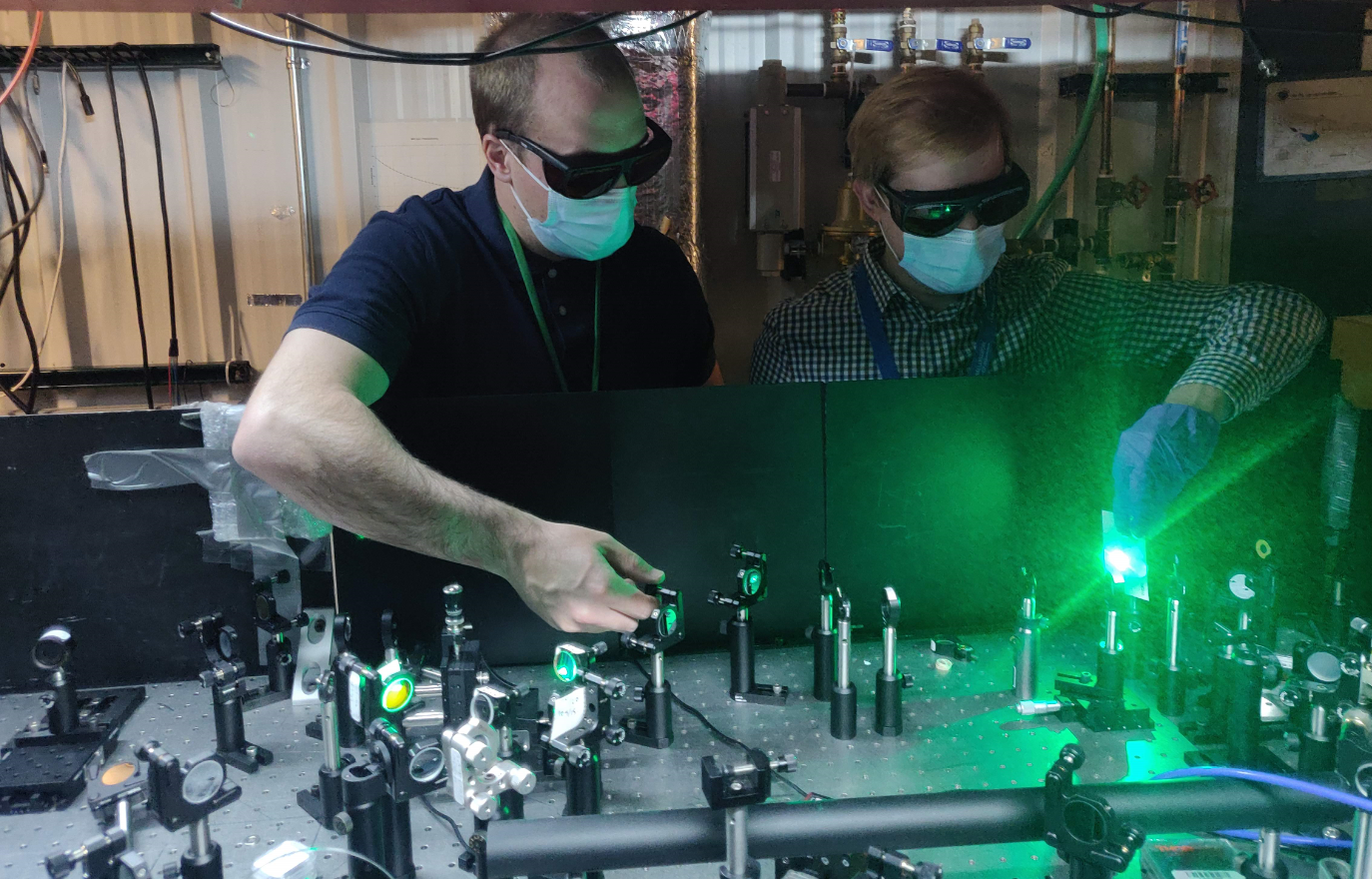
New class of versatile, high-performance quantum dots primed for medical imaging, quantum computing
A new class of quantum dots deliver a stable stream of single, spectrally tunable infrared photons under ambient conditions and at room temperature, unlike other single photon emitters.
American College of Radiology Earns Third Recognition as a Great Place to Work
The American College of Radiology® (ACR®) is certified as a great workplace for the third consecutive year by the independent analysts at Great Place to Work®.
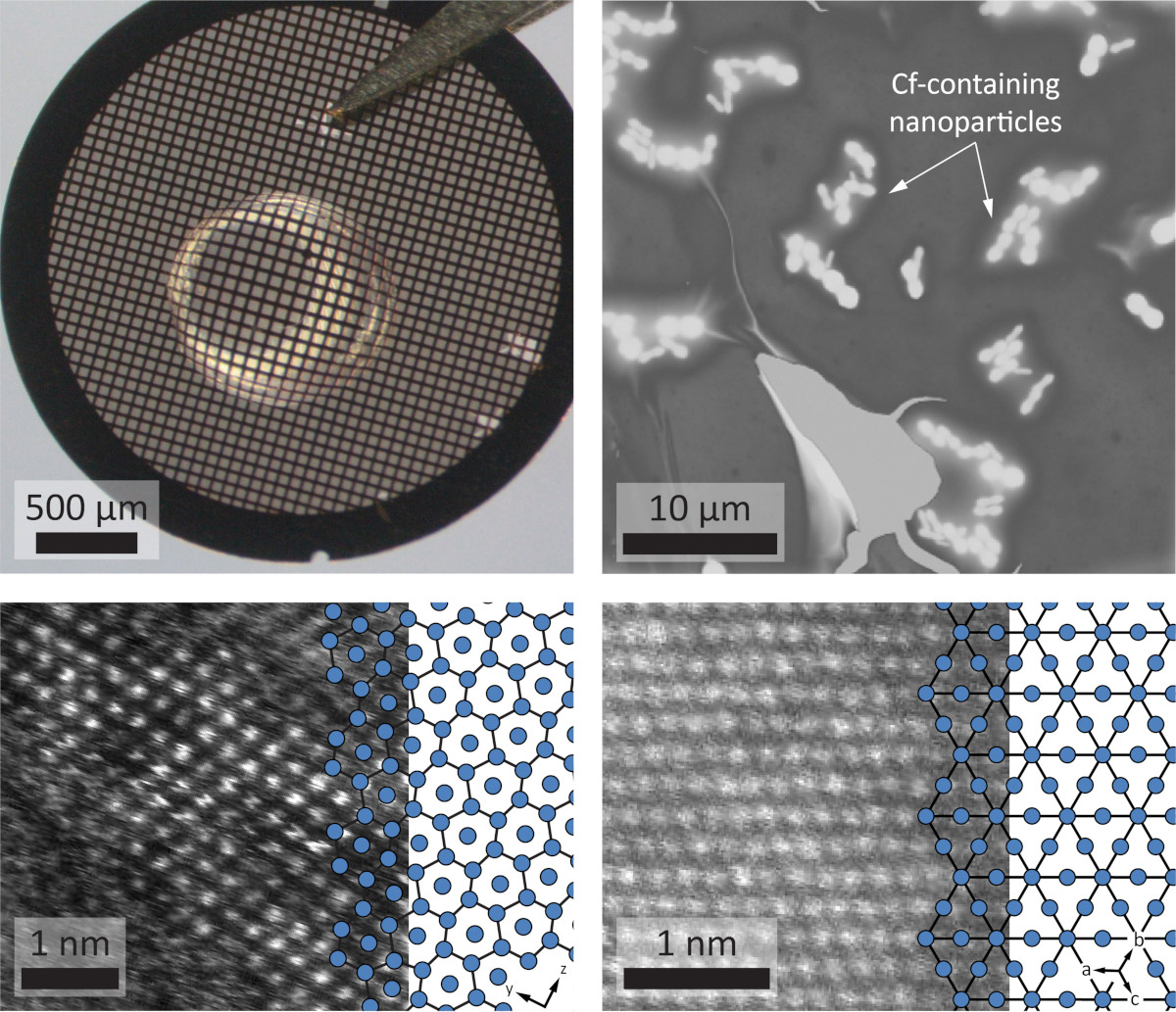
Do You Know the Way to Berkelium, Californium?
Scientists at Berkeley Lab have demonstrated how to image samples of heavy elements as small as a single nanogram. The new approach will help scientists advance new technologies for medical imaging and cancer therapies.

Building a mobile, virtual reality classroom
The J. Willard Marriott Library, in partnership with Teaching and Learning Technologies (TLT) and the School of Biological Sciences at the University of Utah, have designed and built the U’s first off-site virtual reality (VR) biology laboratory for student use.

UVA Health’s Dr. Christopher Kramer Earns National Mentorship Award
UVA Health’s Christopher Kramer, MD, FACC, will be honored this spring with the American College of Cardiology’s 2021 Distinguished Mentor Award for his work with trainees ranging from medical students to advanced cardiovascular imaging fellows.

Dr. Sanjay Rajagopalan Recognized With American College of Cardiology Top Honor
Sanjay Rajagopalan, MD, FACC, has been awarded the 2021 Distinguished Scientist Award – Translational Domain by the American College of Cardiology (ACC) for his contributions to the cardiovascular profession.
Black or Hispanic Kids Receive Less Medical Imaging than White Kids
Large study publishing in JAMA Network Open shows Black and Hispanic children in hospital emergency departments are less likely to have imaging tests, such as X-rays or CT scans, ordered for them compared to White children. The authors attribute this disparity largely to overuse among Whites.
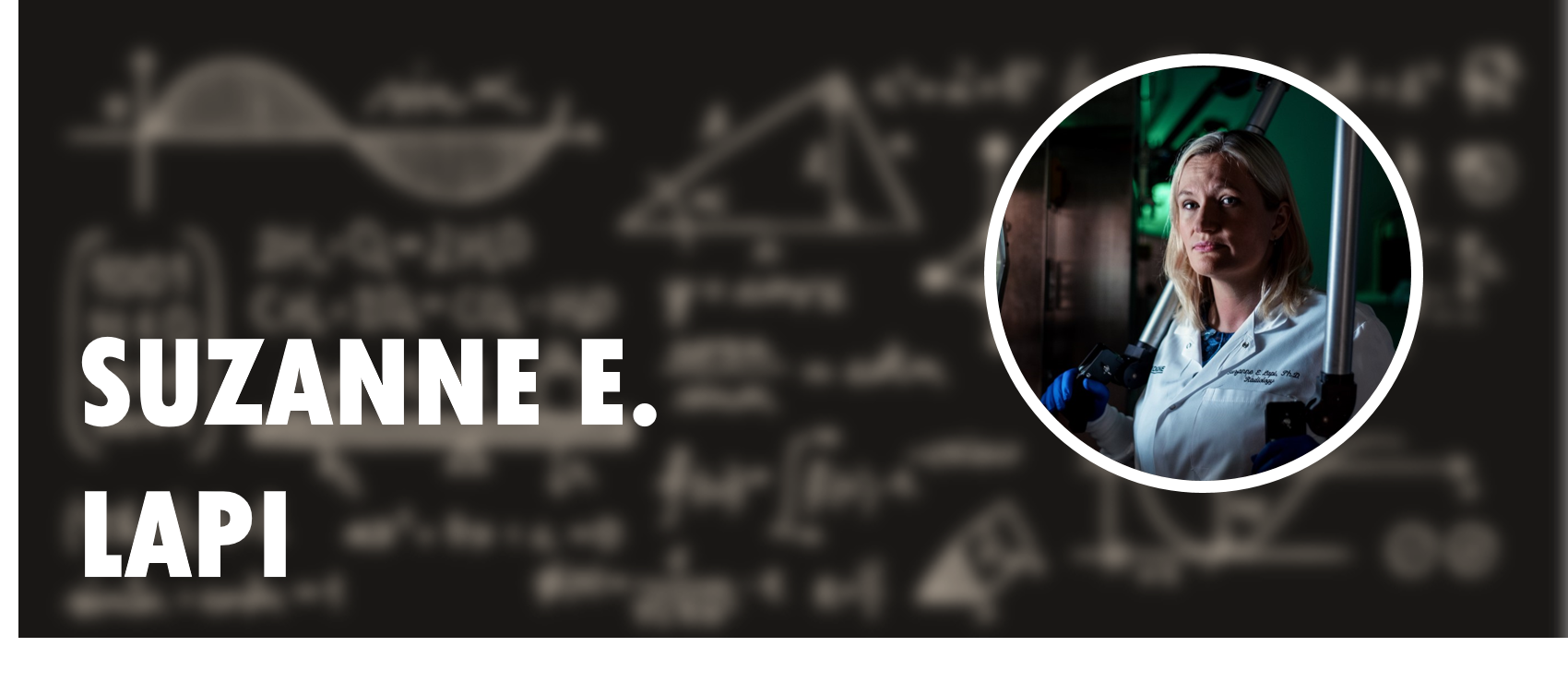
Suzanne E. Lapi: Then and Now / 2011 Early Career Award Winner
University of Alabama Birmingham professor Suzanne Lapi founded and heads a research group focused on the radiochemistry and development of production techniques of isotopes for medical imaging and therapy.
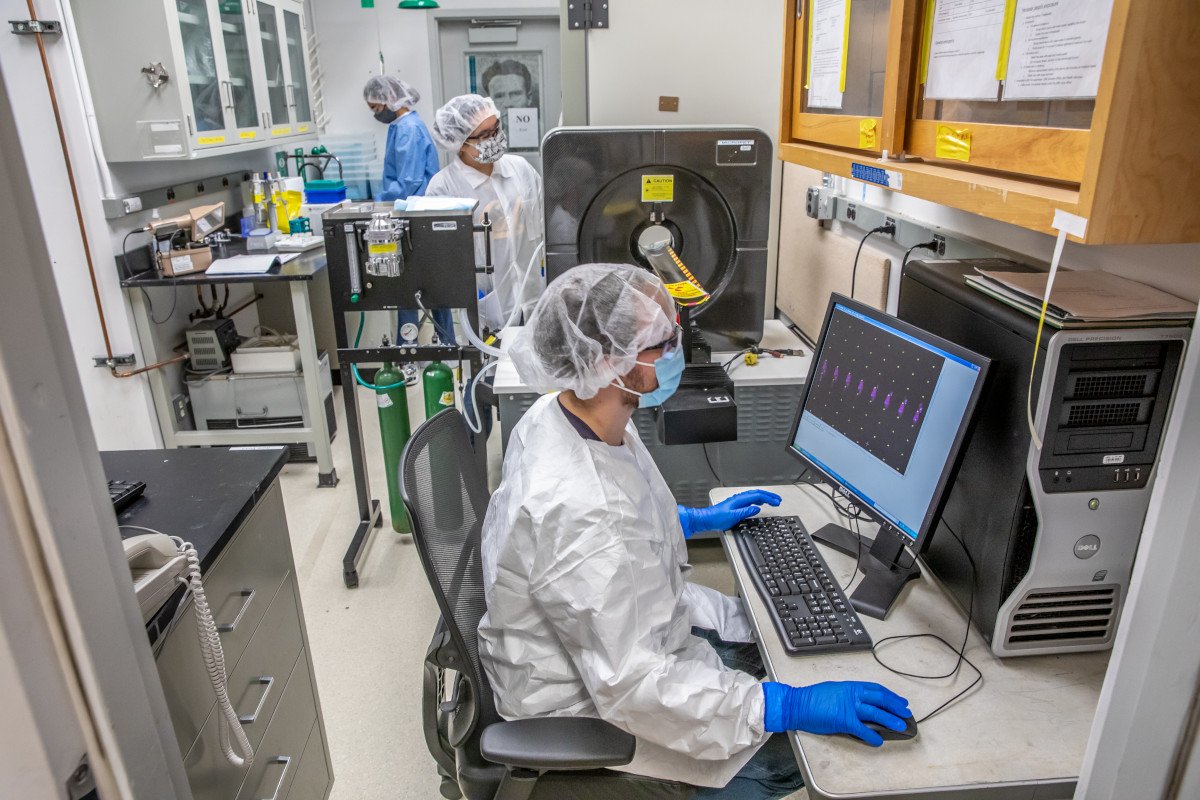
Scientists Recruit New Atomic Heavyweights in Targeted Fight Against Cancer
Researchers from Berkeley Lab and Los Alamos National Laboratory have developed new methods for the large-scale production, purification, and use of the radioisotope cerium-134, which could serve as a PET imaging radiotracer for a highly targeted cancer treatment known as alpha-particle therapy.
American College of Radiology Releases New and Updated ACR Appropriateness Criteria
The American College of Radiology® (ACR®) today released an update to its ACR Appropriateness Criteria® (ACR AC), which includes 198 diagnostic imaging and interventional radiology topics with 965 clinical variants covering more than 1,700 clinical scenarios. This update includes six new and 10 revised topics. All topics include a narrative, evidence table and a literature search summary. Patient-friendly summaries , which are intended to help patients understand what tests are appropriate for their situation and enhance communication from ordering physicians and radiologists, are available for a number of topics as well.
RSNA, ACR and AAPM Launch Massive Open-Source COVID-19 Medical Image Database via NIBIB contract with Univ. of Chicago
The nation’s largest medical imaging associations are developing the new Medical Imaging and Data Resource Center (MIDRC), an open-source database with medical images from tens of thousands of COVID-19 patients. The MIDRC will help doctors better understand, diagnose and treat COVID-19.
American College of Radiology to Provide Image Coordination for National COVID-19 Observational Study
The American College of Radiology® (ACR®) Center for Research and Innovation™ (CRI) will serve as the imaging coordination center for the multicenter COVID-19 Observational Study (CORAL) led by Dr. Catherine “Terri” L. Hough of the Oregon Health & Science University. The CORAL Study is part of the Prevention & Early Treatment of Acute Lung Injury (PETAL) Network, a consortium of academic and affiliated hospitals across the United States – funded by the National Heart, Lung, and Blood Institute, part of the National Institutes of Health – to conduct clinical trials in patients with or at risk for critical illness, including acute respiratory distress syndrome.
American College of Radiology Selected as Imaging Partner for VIRUS COVID-19 Registry
The American College of Radiology® (ACR®) Center for Research and Innovation™ (CRI) was selected by the Society of Clinical Care Medicine (SCCM) to serve as the overall imaging repository for the Discovery Viral Infection and Respiratory Illness Universal Study (VIRUS) COVID-19 Registry. The study aims to create a real time registry of current ICU and hospital care patterns to allow evaluation of safety and observational effectiveness of COVID-19 practices.
American College of Radiology Announces COVID-19 Imaging Research Registry
The American College of Radiology® (ACR®) Center for Research and Innovation™ (CRI) is pleased to announce the development of the COVID-19 Imaging Research Registry (CIRR), an effort by the ACR CRI and the ACR Data Science Institute® in collaboration with the ACR and the Society of Thoracic Radiology (STR).
In acoustic waves, engineers break reciprocity with ‘spacetime-varying metamaterials’
Working in an emerging field known to as “spacetime-varying metamaterials,” University at Buffalo engineers have demonstrated the ability to break reciprocity in acoustic waves. The NSF-sponsored research could have implications in communications, medicine and other fields.
Researchers Brighten Path for Creating New Type of MRI Contrast Agent
University of Texas at Dallas researchers are breathing new life into an old MRI contrast agent by attaching it to a plant virus and wrapping it in a protective chemical cage. The novel strategy is aimed at developing a completely organic and biodegradable contrast agent.